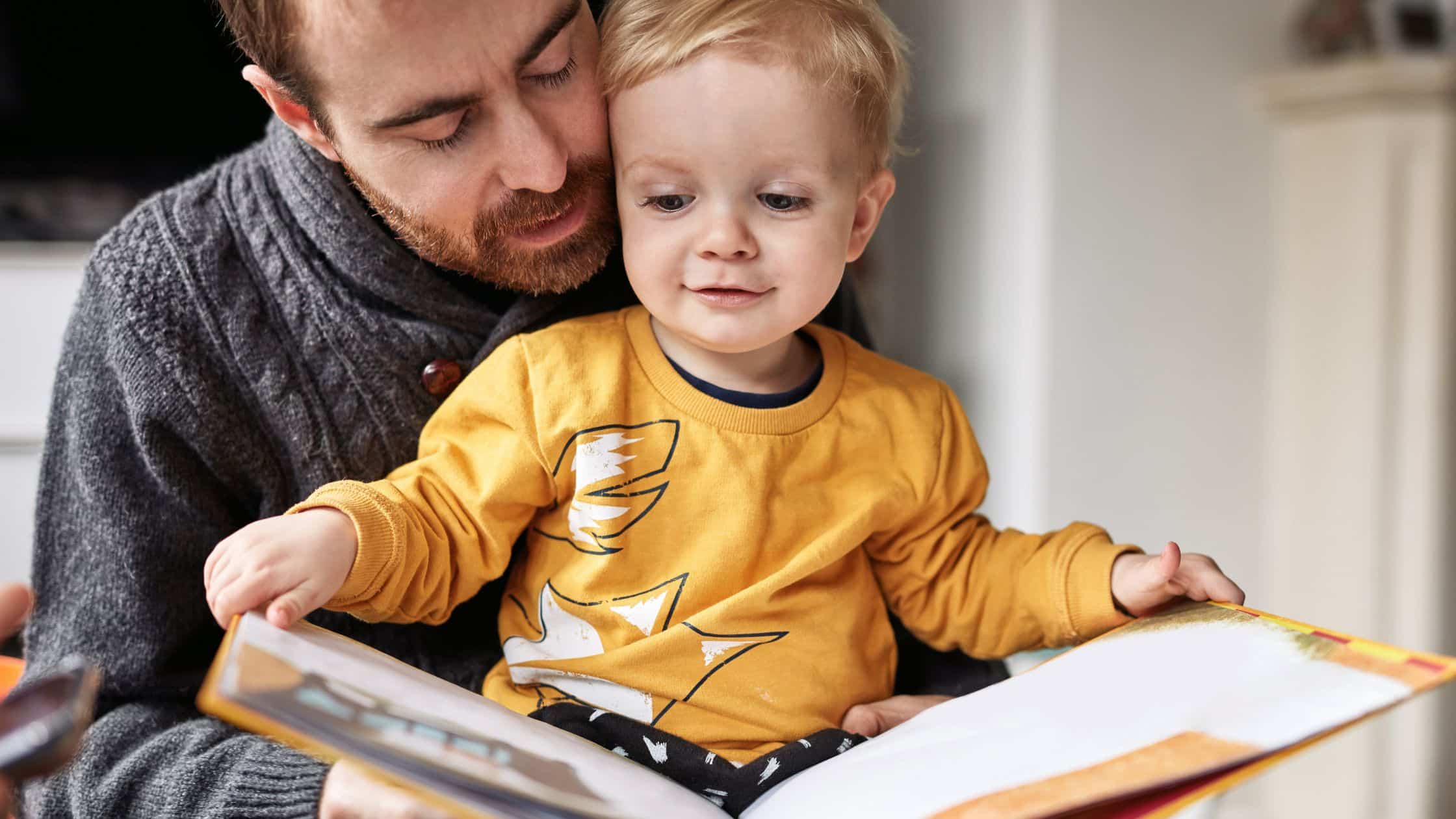
Importance of picture books for Young minds
Mountains are large and rivers so deep,
Teaching big values and listening to a humming bee,
My picture books taught me to Be
Do you remember the first book that your parents ever showed you? The one with the beautiful pictures in vivid colours, which taught you about animals, shapes, colours, and later introduced you to the alphabets and numbers.
Do you also remember how these books piqued your curiosity and were like a window to the world, you knew little of, but were ready to explore? They also helped give you your first few words, which helped you communicate with your caregivers.
Not only for you, but for most of us, picture books played a pivotal role in early childhood learning, and continue to, despite the plethora of digital options available.
The old-timey and durable board books have been a standard right of passage for all of us.
The literal and imposing illustrations and images featured in such books, which are attractive and attention grabbing, in equal measure, help children learn and express. They enable very young children to identify, understand and process the various day-to-day objects around them.
Children usually outgrow the single word-based picture books, around the age of 2 and 3, and move on to books that include short stories constructed using sometimes rhythmic words formed into short, easy to read and comprehend sentences. Written for 4-to-5-year-olds, using simple sentences and featuring attractive images, these books are usually the first step to a child becoming an independent reader of such books. By such a time they are now able to identify 3 and sometimes 4-letter words independently.
This is an important stage. Not only is the child learning to read, he or she is also learning to love to read.
I still remember how happy I used to be when my class schedule for the day included library sessions. Now, you must be thinking: here we go, again, one more person telling us about how much she loves reading… and how we are all inferior to her because we can’t find the time or inclination to read, just like her.
But hear me out, dear Reader, I have no such intentions to show you down. All I would like to speak about in this post is picture books, especially those that are shown to little babies. And how those books and the ones they are offered after, with illustrations, will help make reading a lively and enjoyable experience for little ones. This is in the hopes that it becomes a lifelong passion.
So, here is a list of the many ways in which picture books have a positive impact on very young children, and young children.
Improves Vocabulary and Expressions
Simple words and inspiring illustrations create interest in a child’s mind. The illustrations convey stories in an engaging manner. A child associates these words to convey meanings and they are connected to an image. In this way, they learn, early on, to express themselves through both words and images.
Builds Emotional intelligence and Imagination
Picture books have proven to enhance emotional intelligence by activating the parts of the brain that questions, rationalises, and visualises in order to arrive at solutions. With the help of beautiful illustrations a child can start building and imagining a pattern for the storyline. And this is a fun way to enhance a child’s reasoning and understanding through visuals.
Aids Analytical Development
When children are exposed to picture books it improves their memory as they look at the sequence and pictures as it reminds them of the flow of the story. Different patterns provide a kind of visual aid that help children form imagination at an early age. Additionally, books filled with pictures encourage kids to make predictions, and investigate “what’s next”, this builds curiosity and makes reading fun.
Develops a Habit and Hobby
Picture books are a great way to support their imagination and instil a lifelong love for books. The illustrations are often fun and inspiring. They simplify big facts and values and distil them into a message that children can understand.
Provides an Opportunity to Bond
Reading picture books is a great way to enhance parent-child bonding. Reading stories to your child sparks conversations. The child’s reaction and endless questions give the parent an insight into the child’s thinking. It also helps build an emotional connection with the child.
So, you see, picture books are an important source of new language, concepts, and lessons for young children. In this knowledge, I hope those of you reading this post are encouraged to seek out such books going forward, for your own child(ren), and those of others. After all, knowledge is a gift that keeps giving.





Leave a Reply